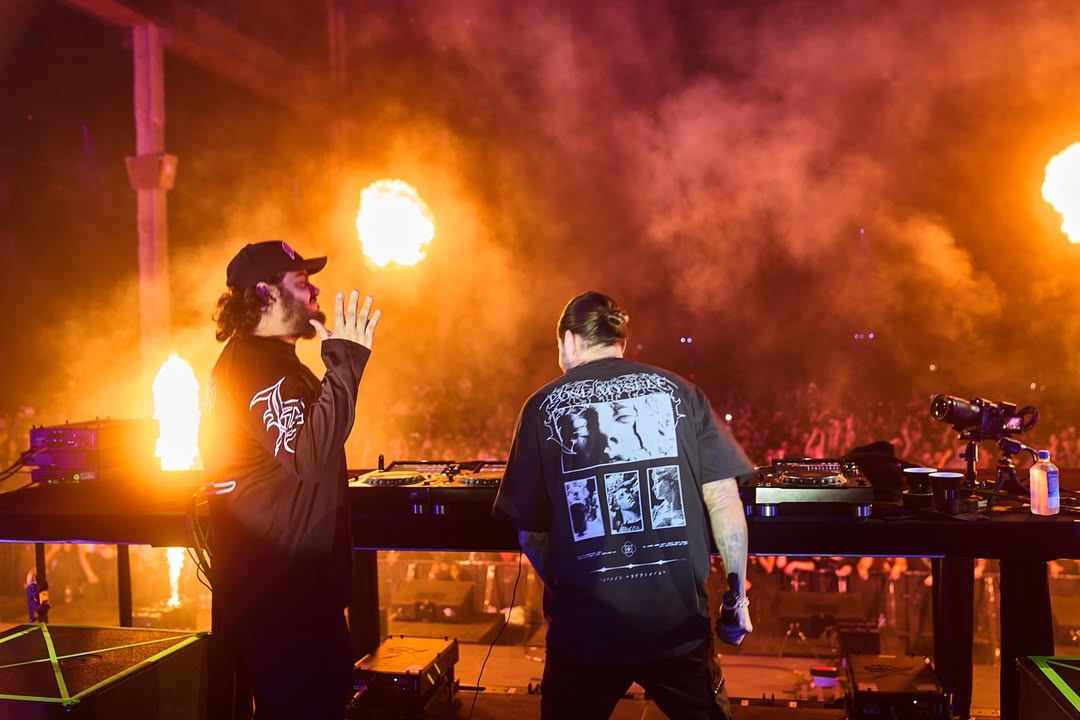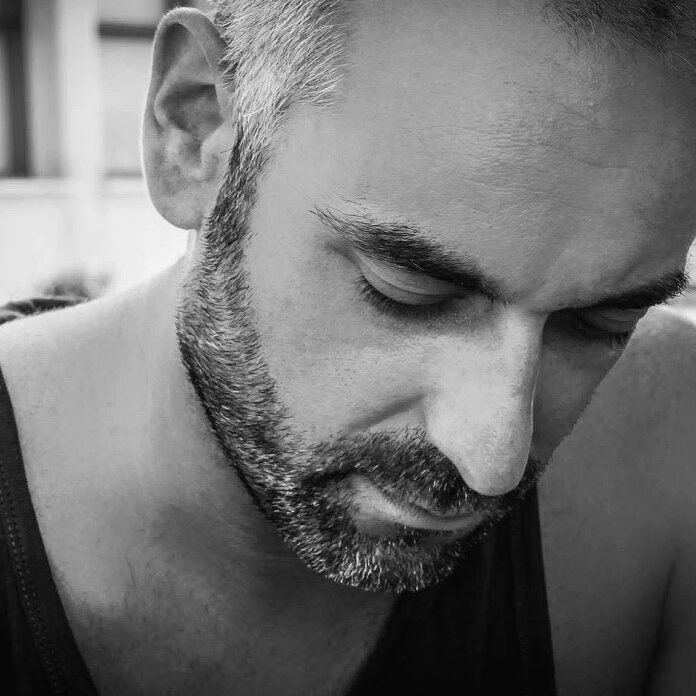Electronic dance music is the umbrella term that encompasses a wide variety of electronic dance styles, including breakcore, drum & bass, and classic house. It is becoming increasingly popular among mainstream dance artists as well. Electronic dance music has been around for many years, but it was starting to gain popularity in the early to mid 90’s. Now, it has become increasingly popular with both mainstream dance artists and up-and-coming artists. The increasing popularity is largely due to its ease of accessibility through the Internet, yet its underground beginnings are what make it so unique.
Electronic dance music has been around since the mid-90’s, and is very different than the popular clubs and raves of today. Electronic dance music, otherwise called dance music or club music, is a generic category of percussive audio genres designed primarily for clubs, raves, or clubs. In contrast, traditional music is percussions-based. Club music often includes a variety of genres, and is very familiar from listening to the radio. Club music often contains pulsating sounds and rhythmic beats. Some of the more popular and long lasting club records include “ibelobes” by DJs, “inkle-boos” by drummers, “breakcore” by producers, “dungeons” by producers, and “gunazine” by producers.
Electronic music has evolved in the recent years, taking the club and rave styles to new levels of complexity, incorporating new genres, and experimenting with new methods. The evolution of electronic dance music has been a long process, but has seen several short trends come and go over the years. The most popular of these trends is probably the instrumentalist, who is well known for creating ‘dance music’ by playing just a few drum parts on a piano or a guitar, and can play back the music digitally using programs such as Reaper or Pro Tools. Other types of instrumentalists have had some success, such as the Native American sounds, which are very smooth and mellow.
Dubstep is another of the many styles of electronic music that has become popular in recent years. Dubstep typically uses two to four long beat rhythms played on the main drum loop. Dubstep was created in the late 90s by the DJ Craze, who introduced the “new wave” to Dubstep in the lateeties. Dubstep incorporates samples of other music tracks, but its sound is based on exactly what the artist wants to make.
One of the first electronic dance sub-genres was techno, which was developed by the producer of jungle music. The genre combines the best of house and hip-hop into one big sound. The production technique is complex, but not necessarily difficult. Two types of techno sub-genre are “house” and “breaks.”
What is electronic dance music made out of is very diverse, as it covers a wide range from IDM to drum & bass. This style of music became popular in the mid-2000s. Hip hop and tribal styles have been integrated into the electronic sound of most songs. Future sounds like drum machines and samplers have been incorporated into the modern style. Most sub-genres fall under this category, including bass music and reggae.
IDM stands for “IDiopathically-mable rhythms and beats.” These are beats and rhythms that can be played through an electronic drum set. A lot of producers are using IDM in their productions as a way to make more complicated beats without using samples.
Most of these sub-genres and styles were born out of what is electronic dance music. People were trying to create sounds that could not be heard using traditional methods. The use of modern electronic instruments has helped to make more of these sounds possible. Thanks to the internet and new technology, anyone is now able to create high quality beats with just a computer and a few instruments.


